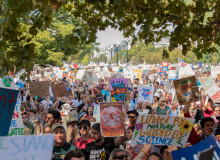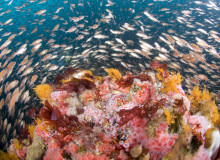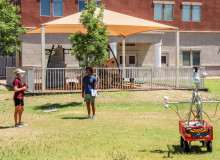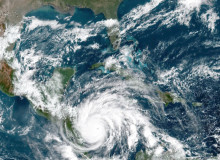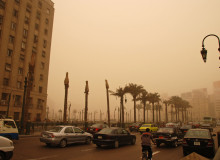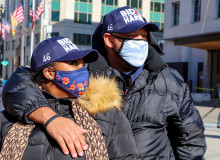Climate Change
Climate change affects all of us and all the systems on planet Earth - from natural disasters to disrupted growing seasons, our changing climate is having widespread effects. Here are some ideas for how to deal with climate change, how to adapt and how to try and cut down on the change while we still can.
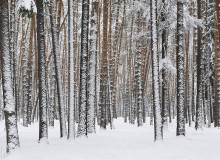
Climate change is threatening the ecosystem of tunnels beneath the snow, where many rodents, insects, microbes, and hibernators live during the cold winter months. (Aleks G/Creative Commons 3.0)
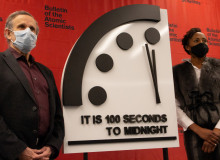
Robert Rosner, left, chair of the Bulletin Science and Security Board, and board member Suzet McKinney unveil the time on the Doomsday Clock at a Zoom news conference on Jan. 27. Rosner is a professor of astrophysics at the University of Chicago, and McKinney is CEO and executive director of the Illinois Medical District. (Bulletin of the Atomic Scientists)
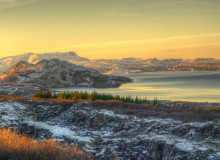
Lake Thingvallavatn in Iceland used to freeze solid in the winter. Now, it is beginning to thaw. (Axel Kristinsson/Creative Commons 2.0)

